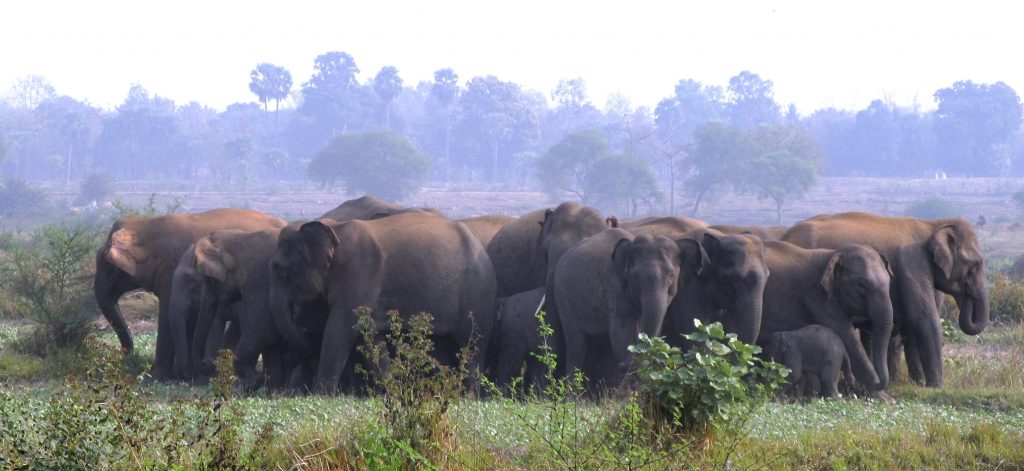Nayagarh: The forests of Nayagarh district and Mahanadi Wildlife Division are increasingly becoming unsafe for elephants as Khurda forest division’s Ranpur range and Nayagarh forest division – both in this district – have reported 18 jumbo deaths in last 13 years. According to reports, most of these majestic creatures are falling victim to poaching. Six elephant deaths were recorded in Ranpur forest range, while Nayagarh Forest Division and Mahanadi Wildlife Division reported 12 fatalities together. The timeline of deaths reveals a disturbing trend. Reports suggest that barring Ranpur forest range, one death each occurred in 2011-12 and 2012- 13, two deaths in 2014-15, four in 2015-16 (the highest during this period), one death in 2017-18, two deaths in 2019-21 and one in 2023-24 in Nayagarh district and Mahanadi Wildlife Division.
The highest number of elephant deaths (four) occurred in 2015-16. This alarming pattern suggests lapses in forest management and lack of proactive measures to protect elephants. Wildlife activists and locals have criticised the Forest department for its alleged indifference towards elephant conservation. Allegations of poor oversight, unmotivated personnel, and insufficient action to address recurring threats have further fueled dissatisfaction. Moreover, the lack of systematic efforts to raise awareness or implement effective solutions has left people deeply concerned. The most troubling aspect of this crisis is the persistent mystery surrounding the causes of elephant deaths. This has left the conservationists perplexed whether enough is being done to ensure the safety and survival of these gentle giants.
Efforts must intensify to uncover the root causes, prevent further losses, and protect the elephants that symbolise India’s rich wildlife heritage, said a few wildlife activists. Lack of food and water in forests is becoming increasingly evident. Further, human settlements encroaching on forests obliterate the traditional paths and habitats, resulting in escalation of human-wildlife conflicts. Notably, a tusker was spotted near the residential offi ces of Nayagarh divisional forest officer (DFO) and the District Collector a few months ago. Similarly, during the harvest season for paddy and sugarcane, several elephant herds from the forests of Ranpur forest range in Khurda forest division, forests of Nayagarh and Mahanadi Wildlife Division frequently approach the nearby villages, causing significant damage to crops and properties. However, most of the farmers do not get adequate compensation for crop losses caused by elephants. This often leads to man-animal conflicts as reports suggest that some farmers, out of anger, have resorted to harming or killing elephants. The pachyderms frequently die due to poisoning and electrocution on their migratory paths. A recent instance of such an incident occurred in Biluapada Ghati area of Baisipalli proposed reserve forest under Dasapalla forest range.
Also Read: 108 Ambulance staffers shut down GPS in protest
In this case, a tusker was killed by electrocution. Similarly, animals are often targeted using poisoned food, traps, and even gunfire. When contacted, environmentalists and wildlife activists Bibhuti Prasad Das, Sanjay Sahu and Antaryami Sahu suggested crucial measures to prevent such tragedies. They emphasised the need for providing adequate food and water to elephants in forested areas.





